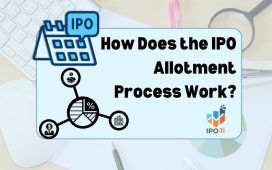Jewelry creation is a good career but pricing it correctly is very tricky for designers. Use of quality pearls and other precious gems in your jewelry is the crucial aspect of selling but how price works is still not clear.
Pricing strategy tips for your jewelry business
Plan your business
Akoya Pearl jewelry business needs more hours than full-time job, so plan a salary for your labor. It includes both administrative and production time. Many books and magazines write about how designers don’t calculate enough salary in their pricing plan and end up hardly covering the expenses. In the same way, lots of overhead costs get ignored.
Example of pricing guide
Step 1
Monthly overhead
- Salary for administrative work
- Office or studio rent
- Office supplies
- Equipment and maintenance
- Utilities
- Marketing and advertising
- Fees to service providers or contractors
Step 2
Average overhead add-ons
- Number of pearl jewelry products sold monthly
Step 3
Variable expenses per item
- Material costs
- Packaging expenses
- Hours to complete an item [hourly wage total]
Base price per piece = step 1/2 + step 3
How pricing plan works?
Basically, divide the cost into –
- Overhead – Costs are fixed and will never differ on the item numbers created.
- Variable – Costs against materials and labor, which depends on specific design and volume of production.
In case of growth, you feel the need to hire an employee then it will be a separate expense. Make sure that pricing covers staffing. Similarly, with development in your jewelry business, you need to shift to a big studio then consider this cost in your pricing plan.
The above example gives an idea of a base price to cover your expenditures. There is no working capital left for you to invest in creating new cultural pearl jewelry line or other development activities.
In addition, losses due to inventory not sold also do not get covered. Your funds are still blocked in the jewellery that sits for months before getting sold. After all the bills are paid, you don’t receive a net profit, which is a bare minimum price [base price per item].






